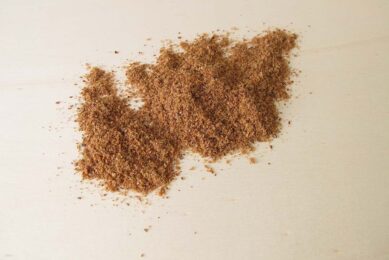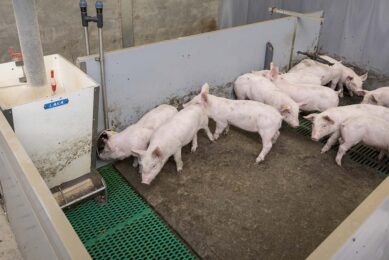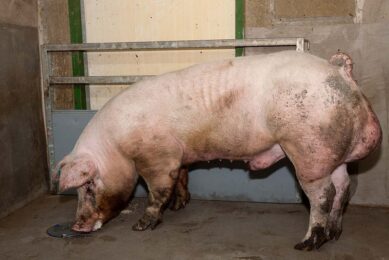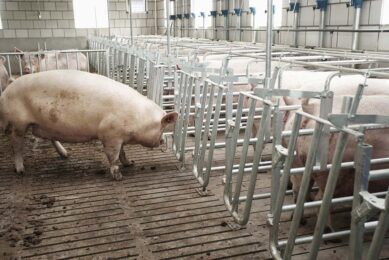Is human nutrition the new frontier for pig feeding?

For many, inositol will be a new compound they’ve not heard much about, yet it is increasingly being discussed both within the research community and amongst swine nutritionists.
In human nutrition, inositol is closely linked to performance enhancement. As someone who’s almost as interested in human nutrition as I am in swine nutrition, a chance meeting with a consultant from a top human supplement company on a recent plane trip was both fascinating and informative. Guess what all of their supplements contain? That’s right, inositol.
Inositol never considered an essential nutrient
I was also recently told – and have since confirmed following a research trip to the grocery store – that inositol is included in two of the leading brands of energy drinks. The challenge is that it’s still not completely clear how inositol’s role within the various metabolic functions of the body link to performance. Inositol was once thought to be a member of the vitamin B complex, but since it can be synthesised within the body from glucose it was never considered an essential nutrient.
Inositol is known to have important metabolic roles, such as in fat metabolism and cell function. It is also combined with phosphate at a cellular level to create phytate – which acts as a potent anti-oxidant in the cell – as well as the lower phytate esters important to cell function.
Predominant inositol isomer is myo-inositol
Yes, that same phytate which is responsible for such damaging anti-nutrient effects within the intestinal tract is vital at a cellular level!
In fact, the predominant inositol isomer is myo-inositol, which swine nutritionists will know as the ring structure within the phytate found in animal feedstuffs. That ring structure highlights the close relationship to glucose, and it’s said that pure inositol is half as sweet as table sugar.
Inositol tends to be found in highest concentrations in the fluids of the body, or associated with the various membranes, and this may hold clues as to the key modes of action. At present, we know few of the answers, though there is evidence to indicate that inositol supplementation could impact fertility, for example. Whether this is purely an anti-oxidant effect or something more remains unclear.
For the pig industry, the exciting opportunity is to further improve growth performance and, potentially, feed efficiency. The performance benefits of inositol in chicks have been known since the 1940s, and recent broiler research has confirmed improved feed efficiency with the use of inositol at 3 kg/t inclusion.
Realistic option for swine producers
At more than US$10/kg, purified inositol is unlikely to ever become a commercial supplement for swine nutritionists to include in their formulations. However, with an abundant source locked up within the phytate in feed ingredients, targeting phytate destruction to release inositol could become a realistic option for swine producers.
There’s no doubt that additional research is needed, and there certainly seems to be much more to learn about inositol than we already know. Yet early indications suggest that optimising inositol supply is far more important than we currently realise, and that inositol not only holds great potential from a metabolic perspective, but also a nutritional one.
Join 18,000+ subscribers
Subscribe to our newsletter to stay updated about all the need-to-know content in the pigsector, three times a week. Beheer
Beheer










 WP Admin
WP Admin  Bewerk bericht
Bewerk bericht